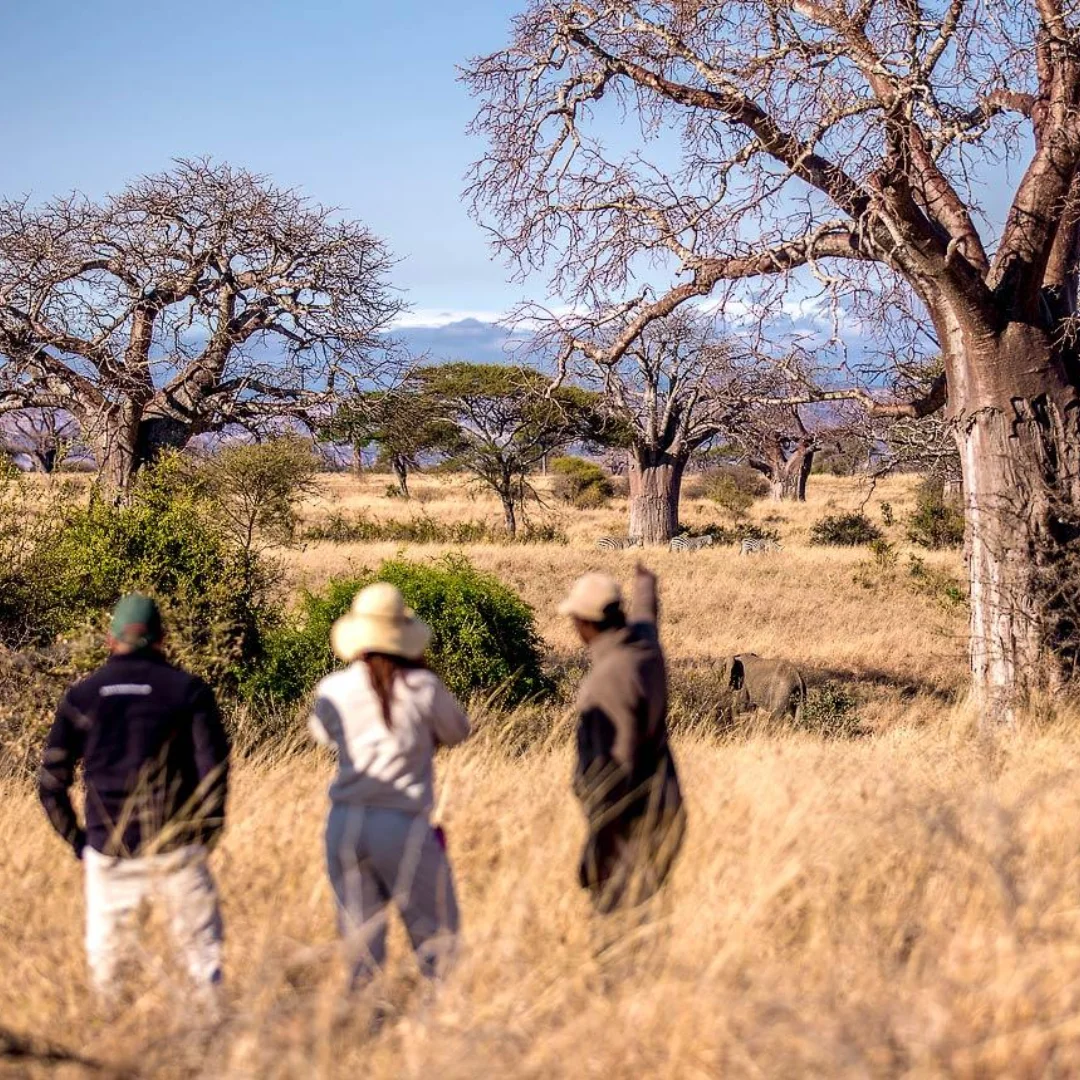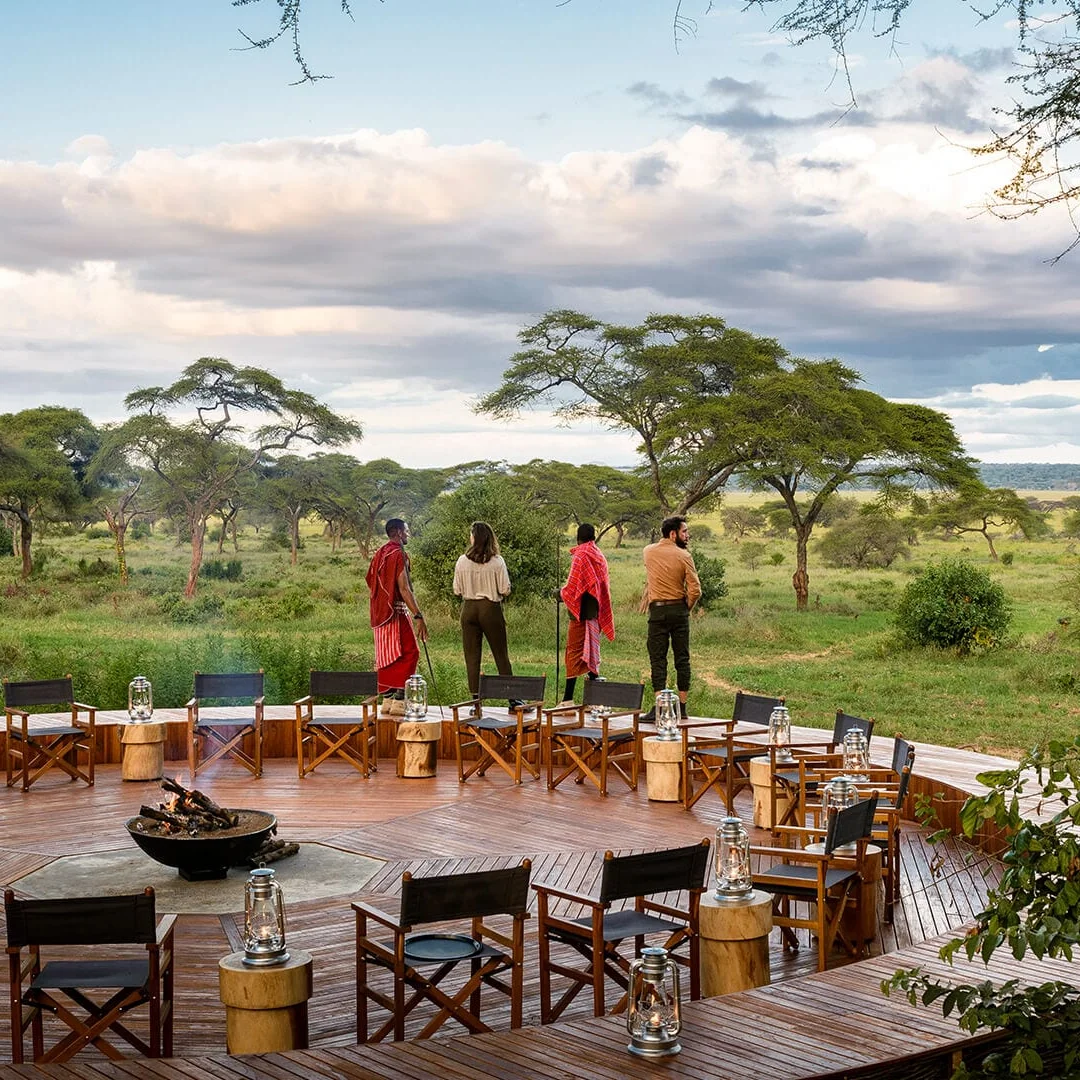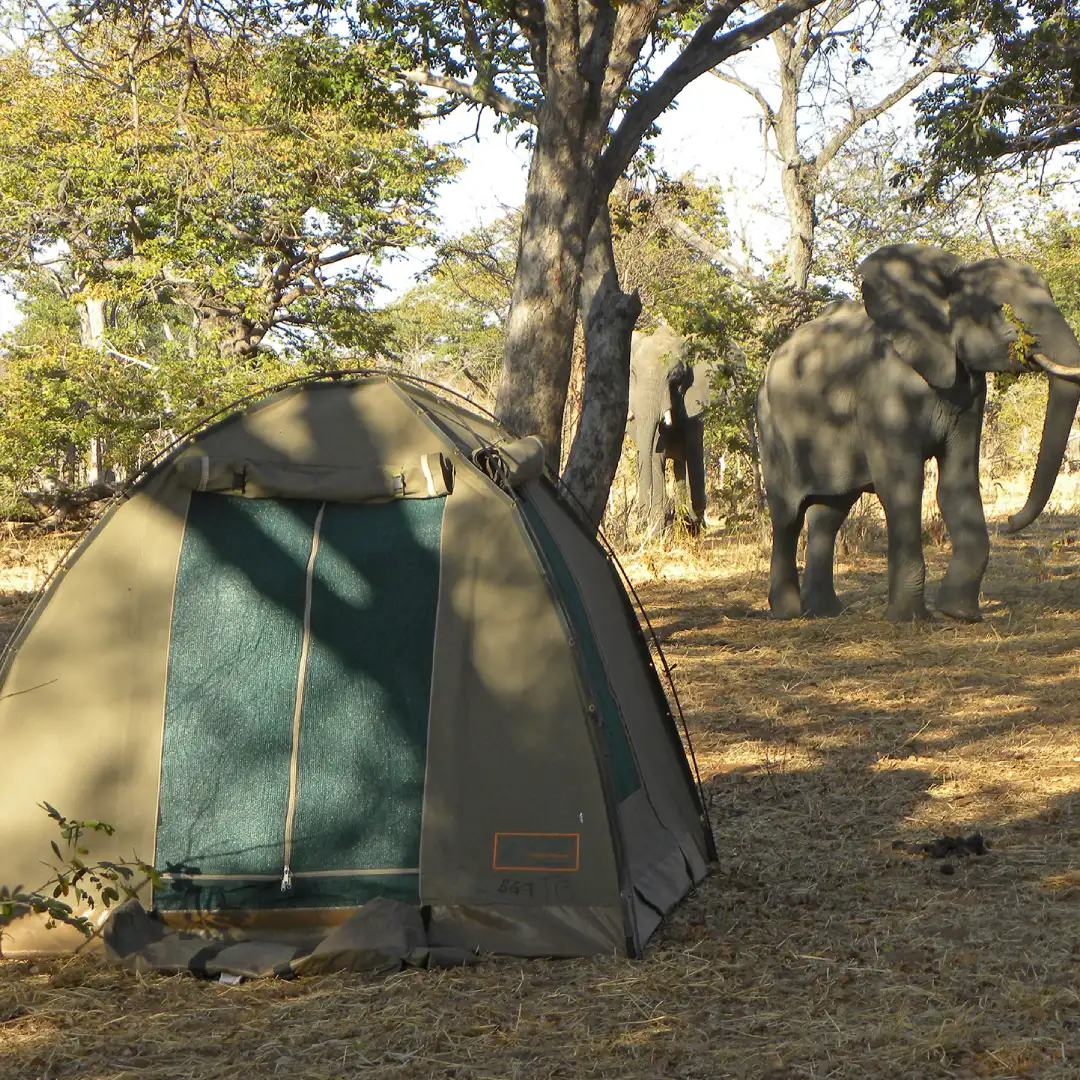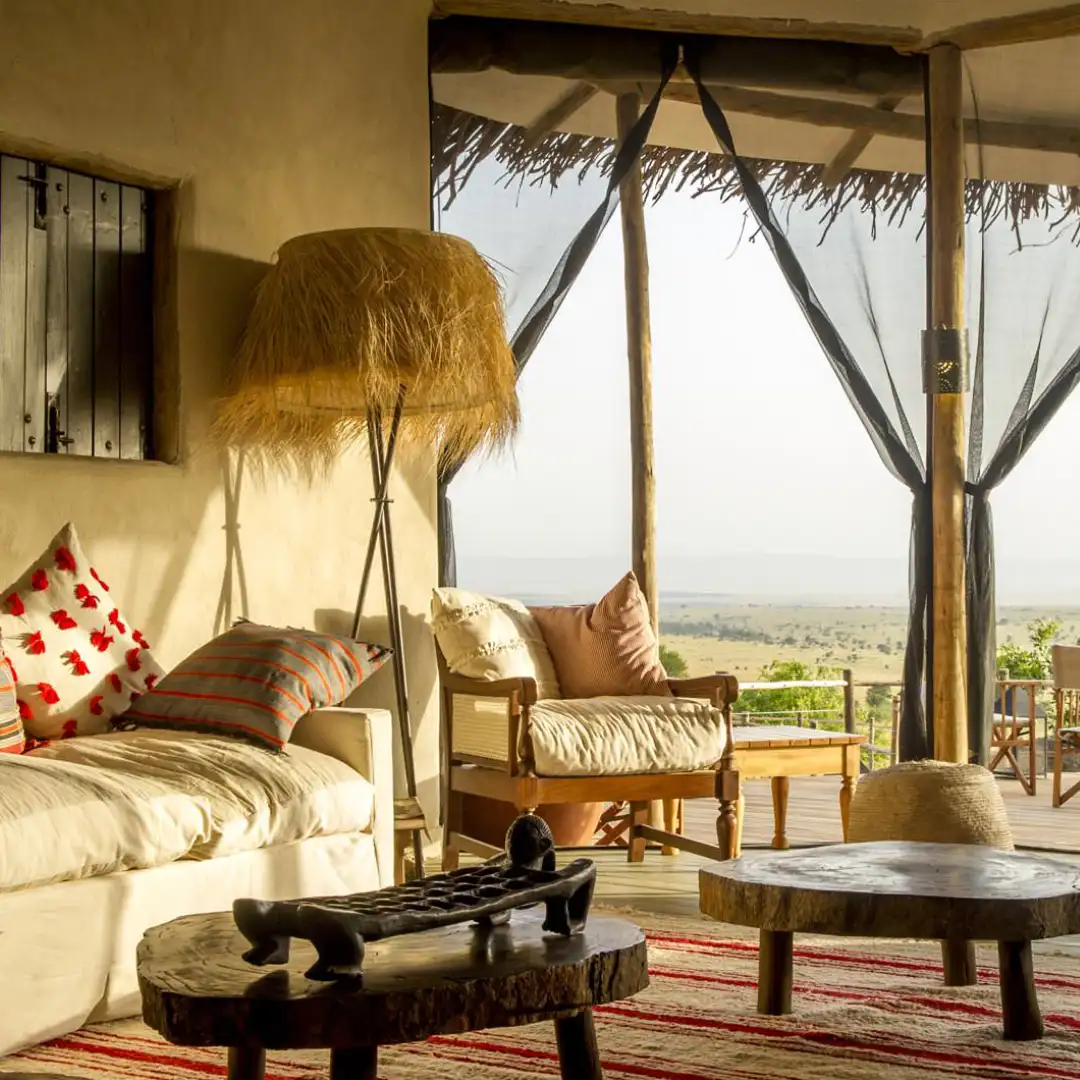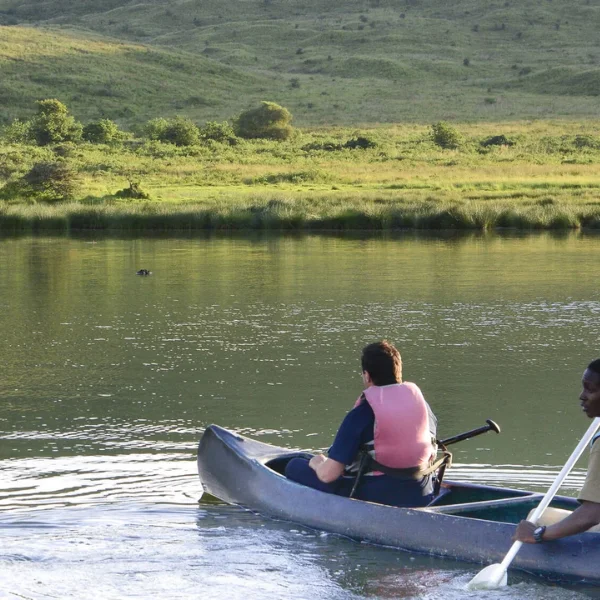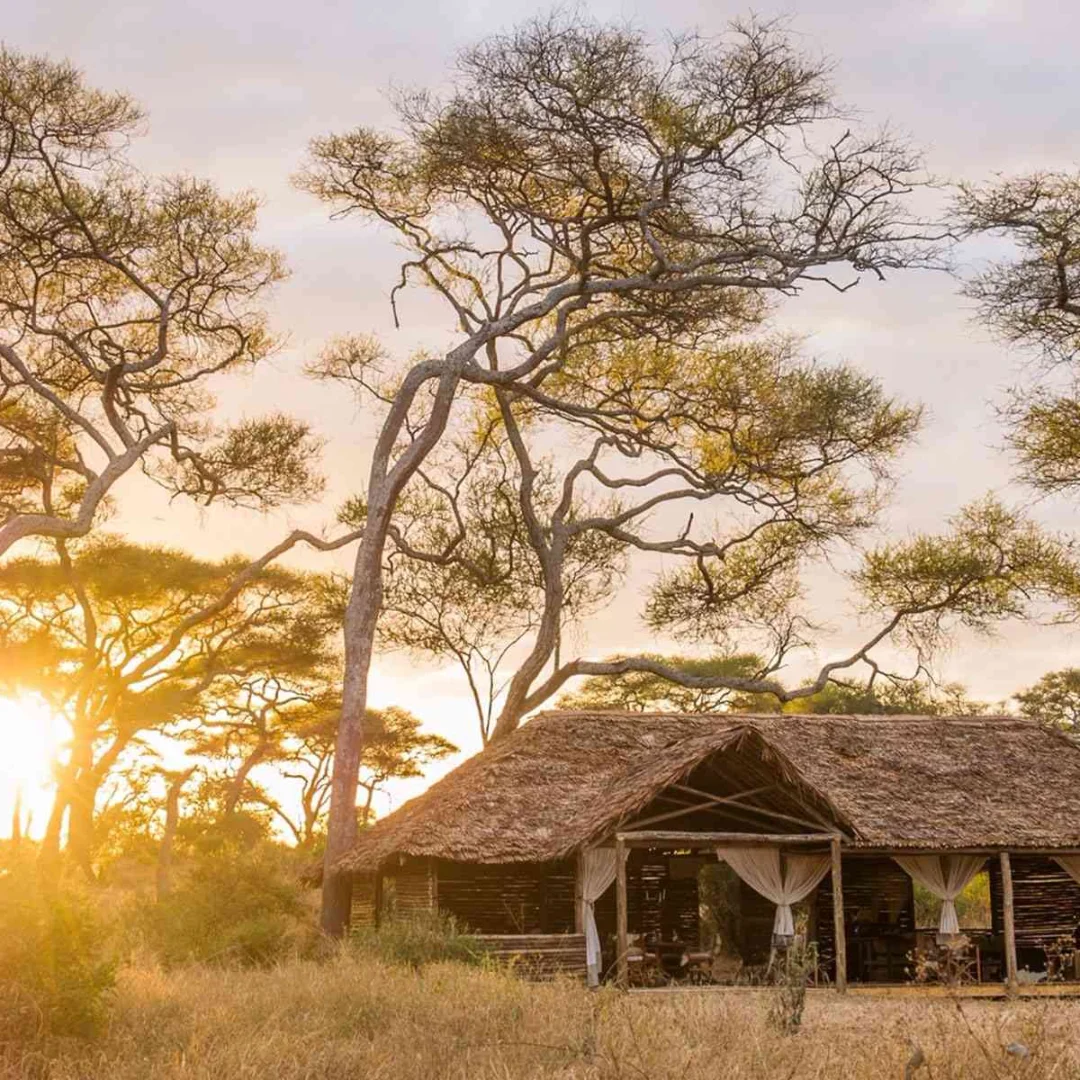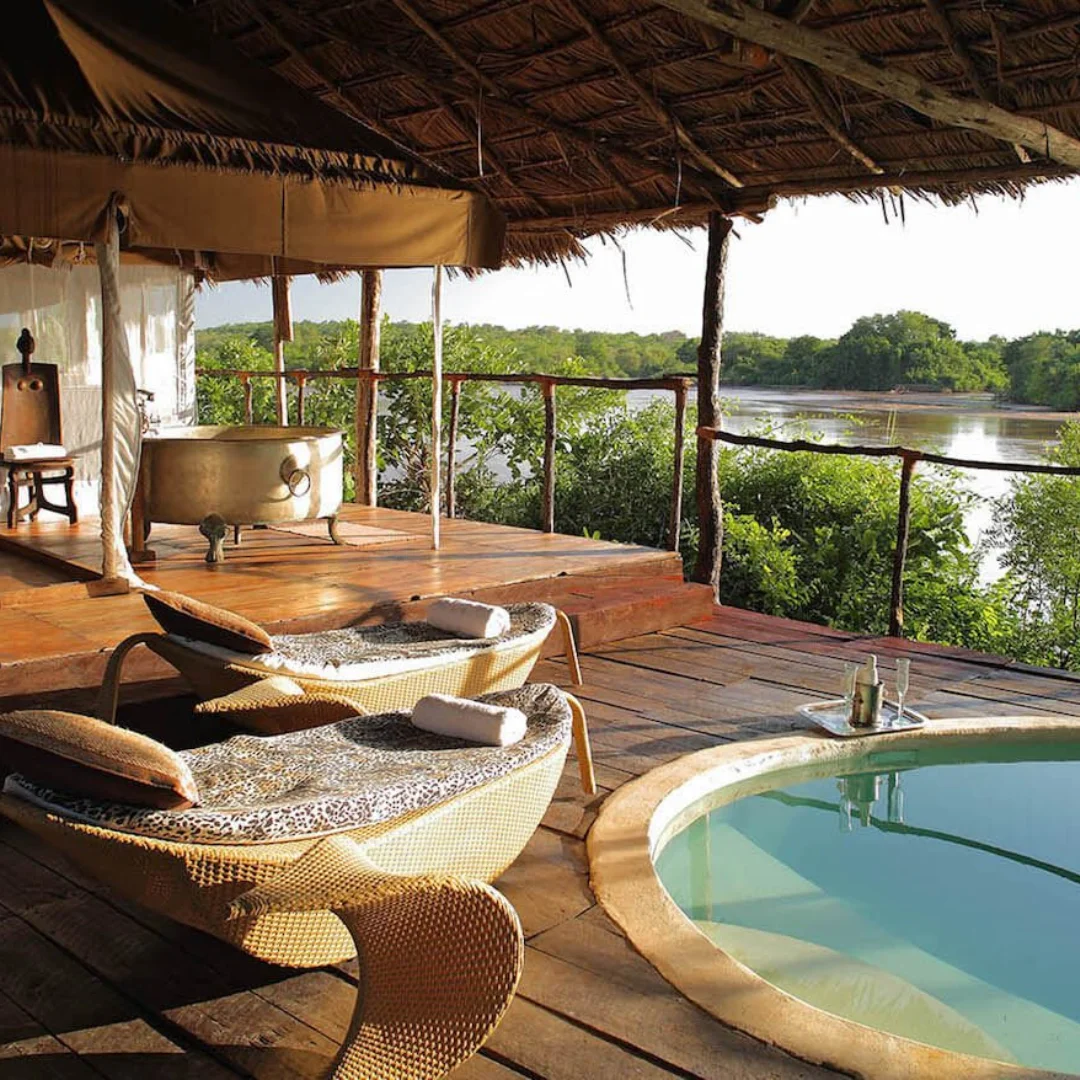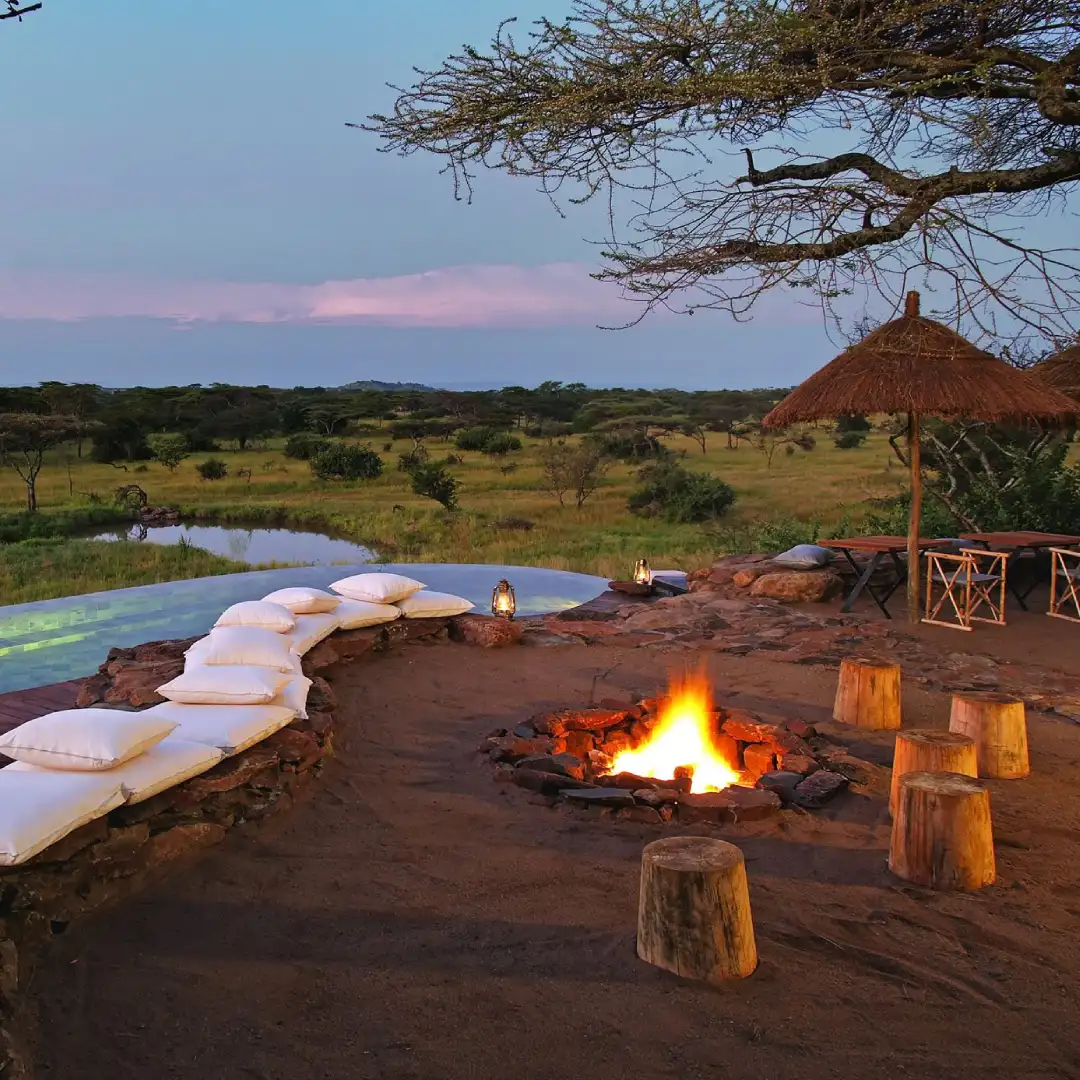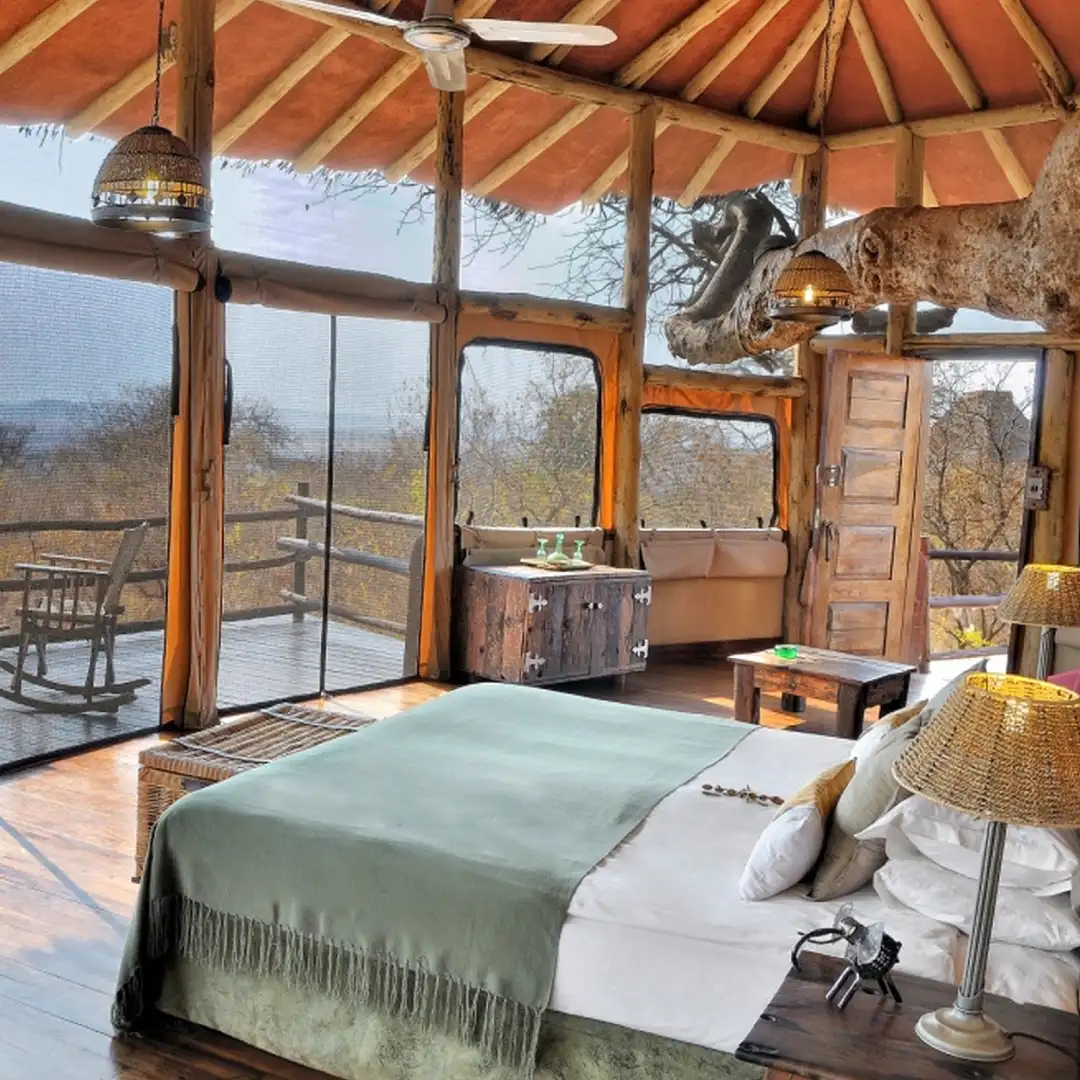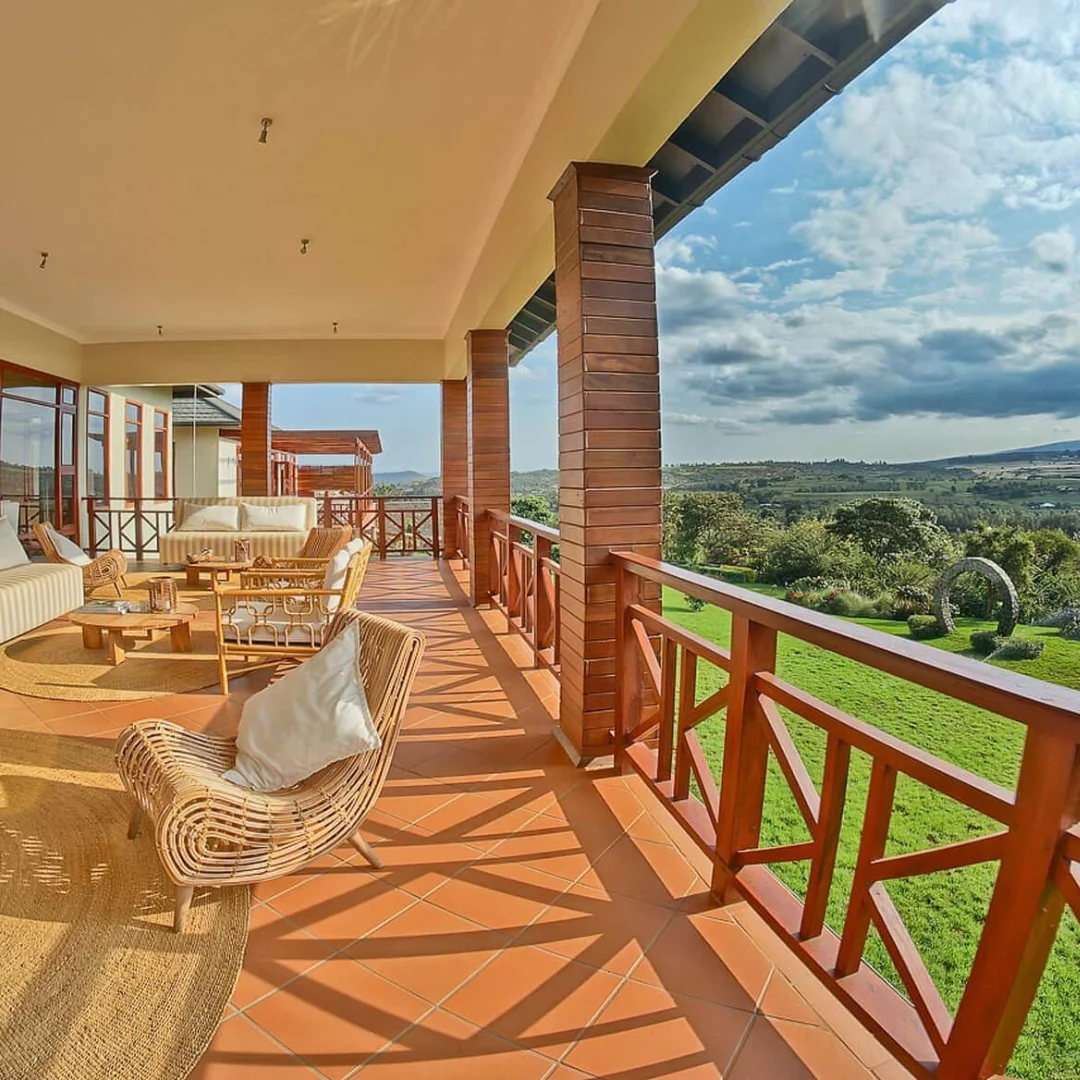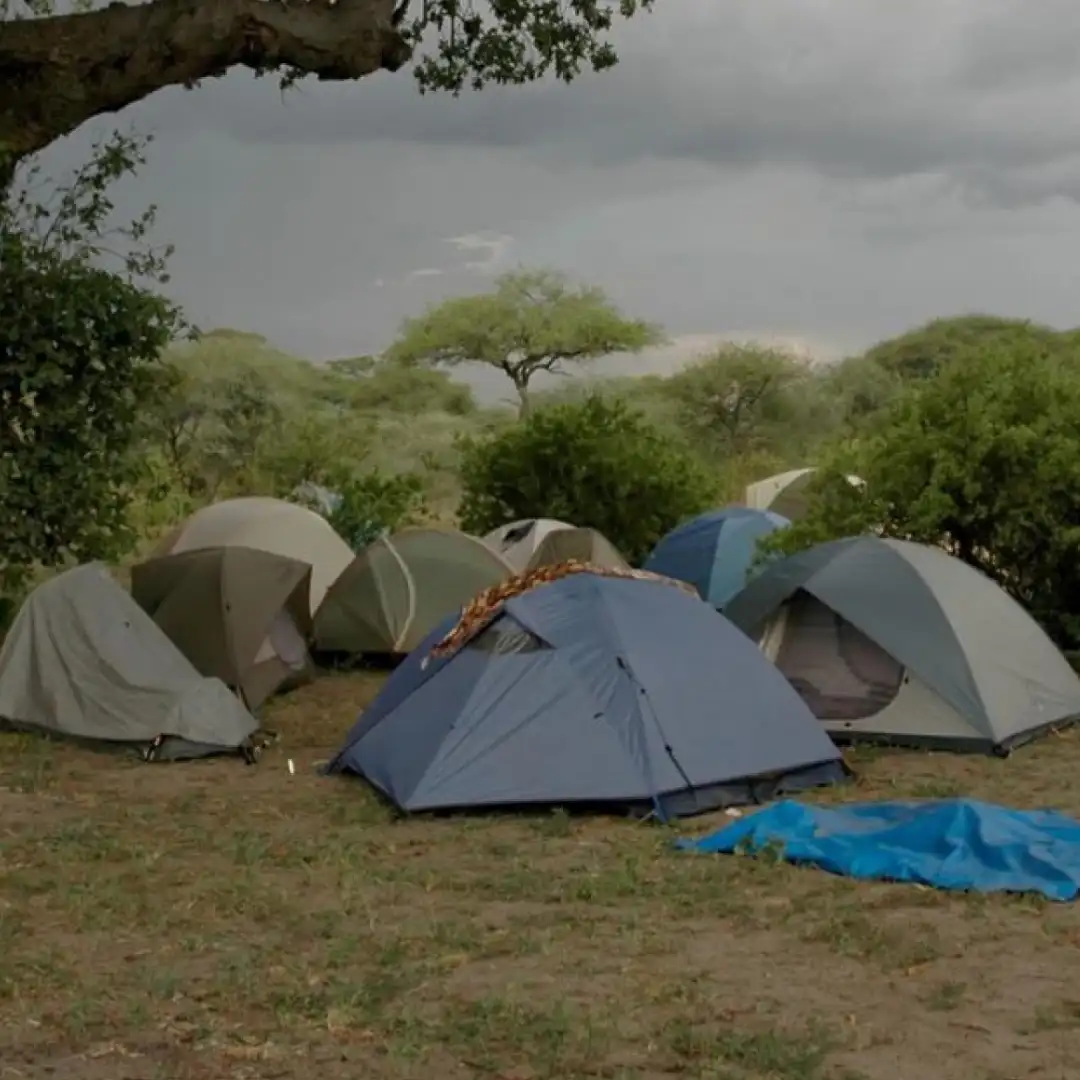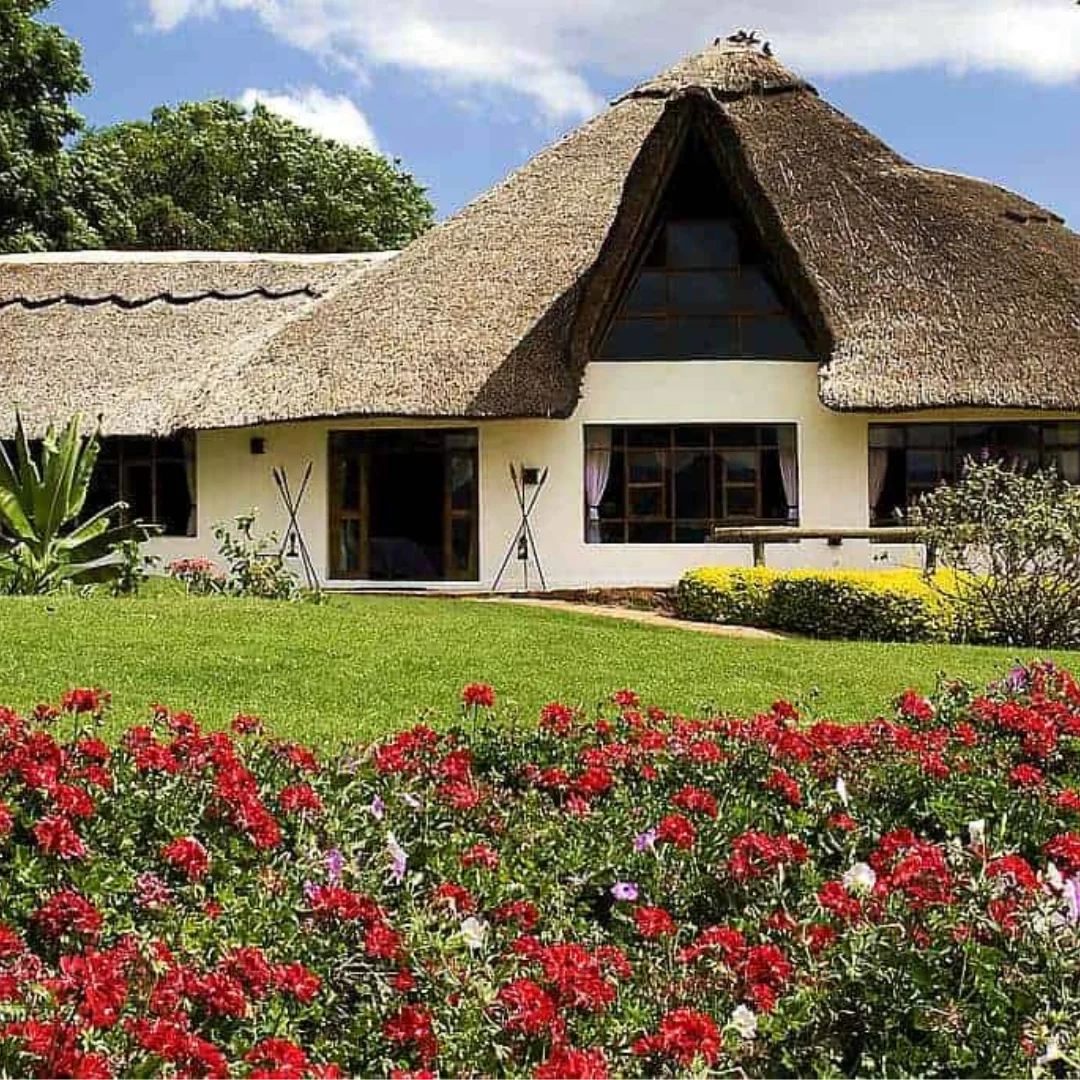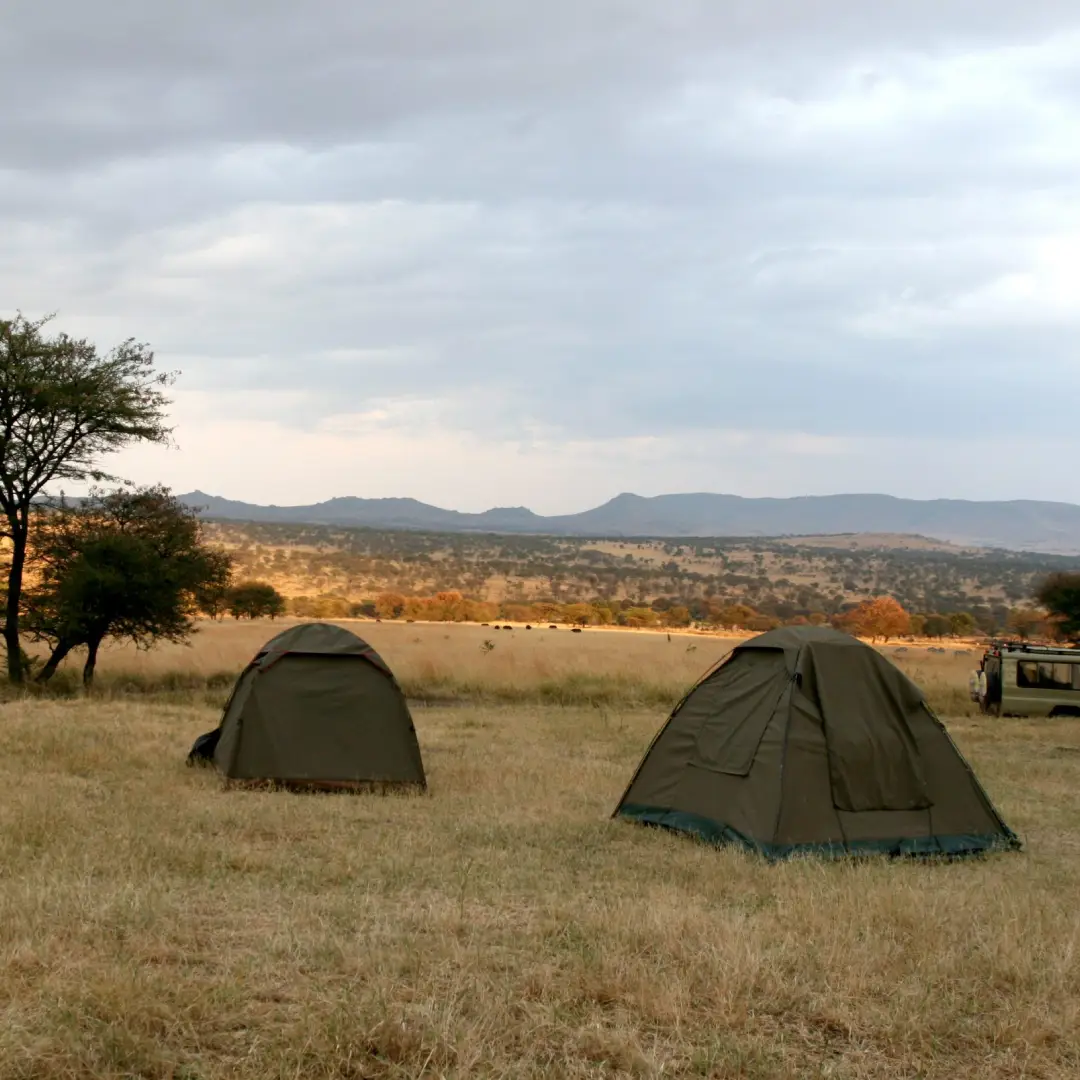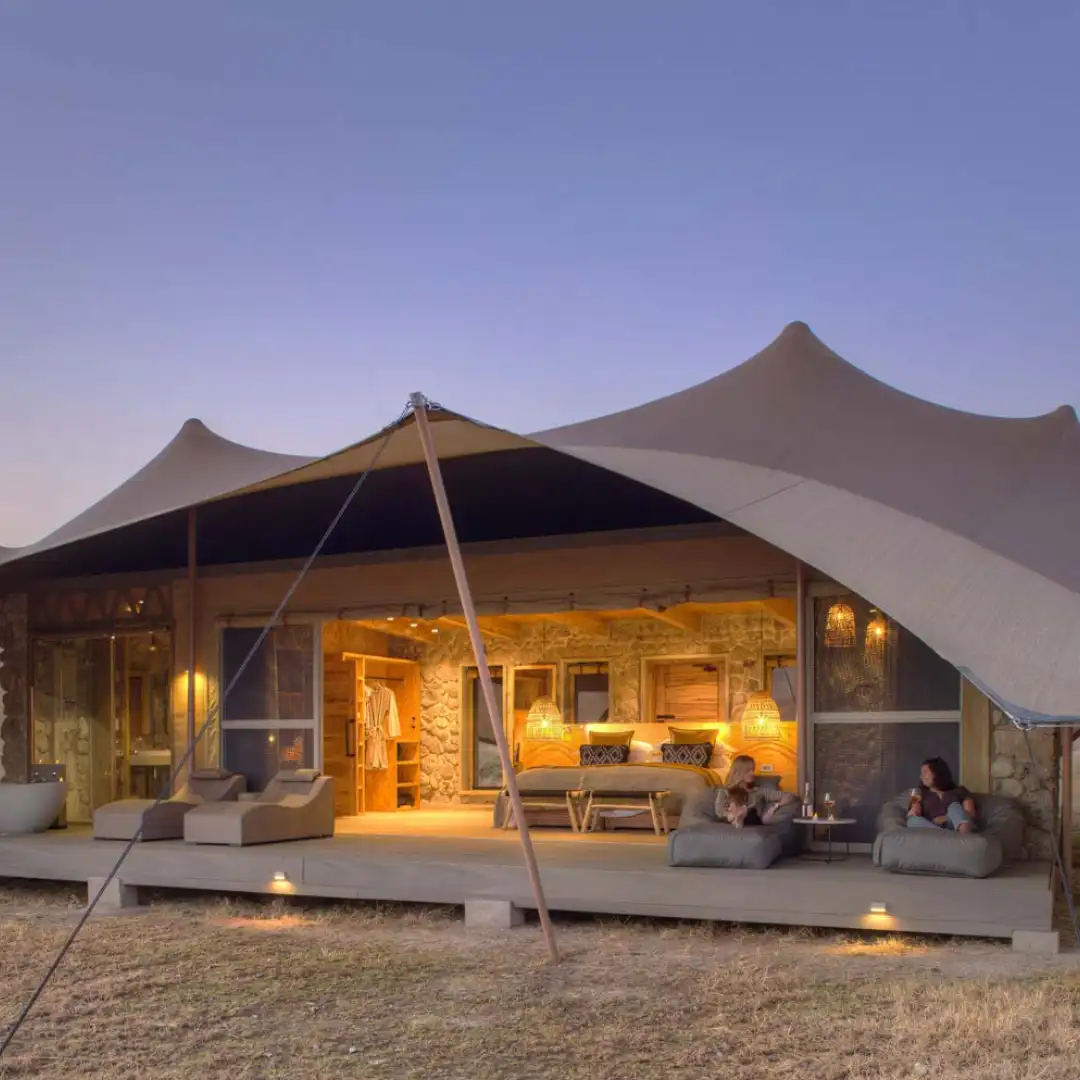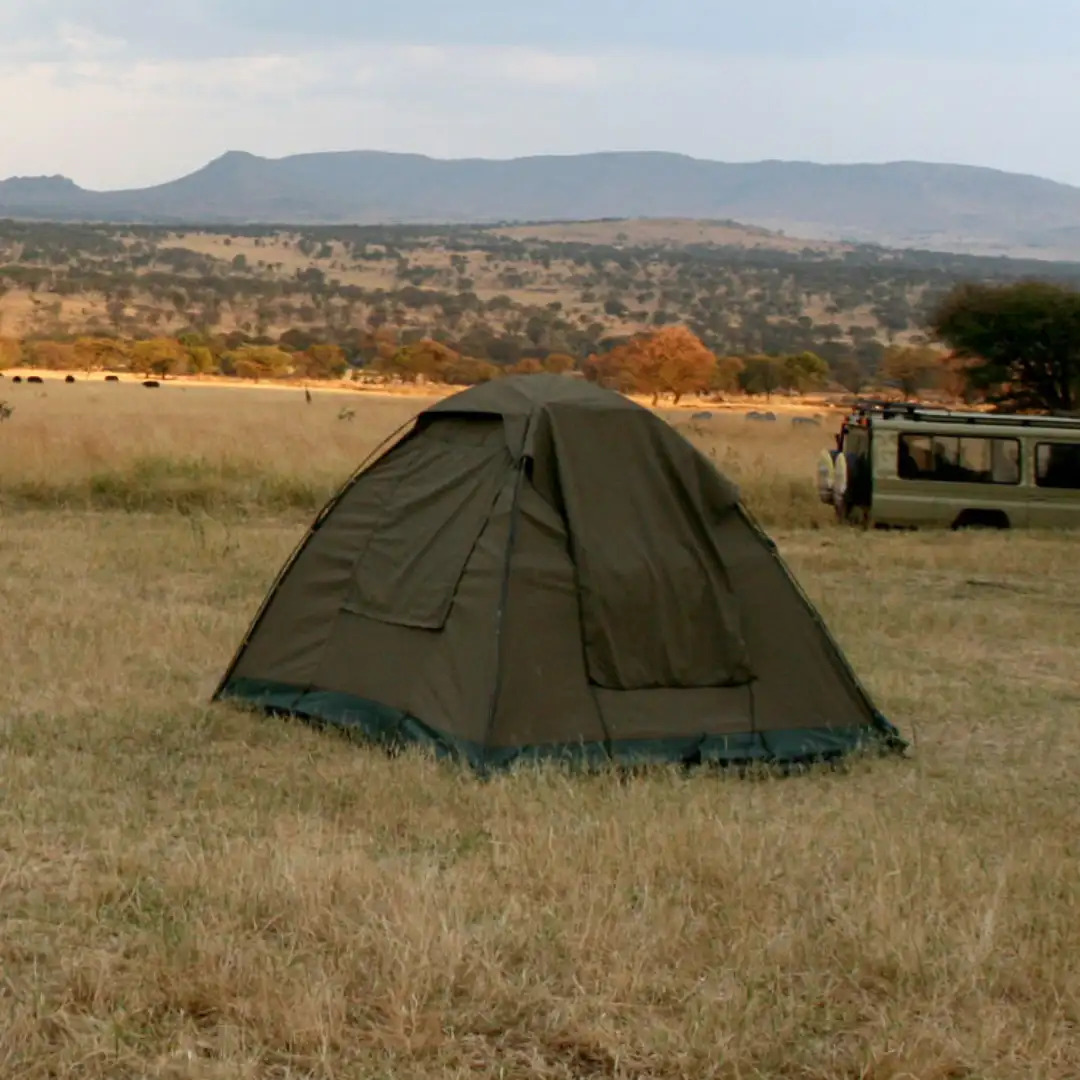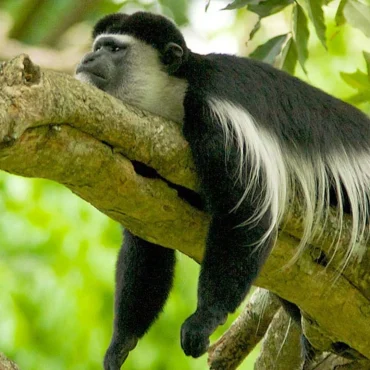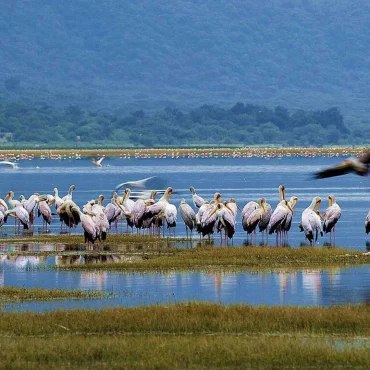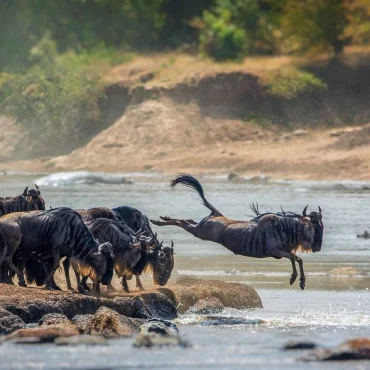Tarangire National Park
Tarangire National Park, covering a vast area of 2,600 square kilometres, is Tanzania’s sixth-largest park. It’s famous for its big groups of elephants and the exciting mini-wildlife migration that happens during the dry season when about 250,000 animals gather in the park.Located just off the main northern Tanzania Safari Circuit, Tarangire offers stunning views between the grassy Masai Steppe and the Great Rift Valley’s lakes. The park’s heart is the Tarangire River, which attracts a lot of wildlife, especially in the dry season when the area around is parched.
- Home to Tanzania’s largest herds of elephants. You may see around 300 elephants at a time around the Tarangire River.
- Witness a thrilling mini-migration during the dry season, bringing the park to life.
- Features diverse landscapes, from swamps that turn into green plains to ancient baobab trees.
- Offers a quieter, more authentic safari experience in its less-visited southern parts.
Tarangire National Park is a haven of wildlife and scenic beauty, perfect for those looking to experience the wild heart of Tanzania up close.
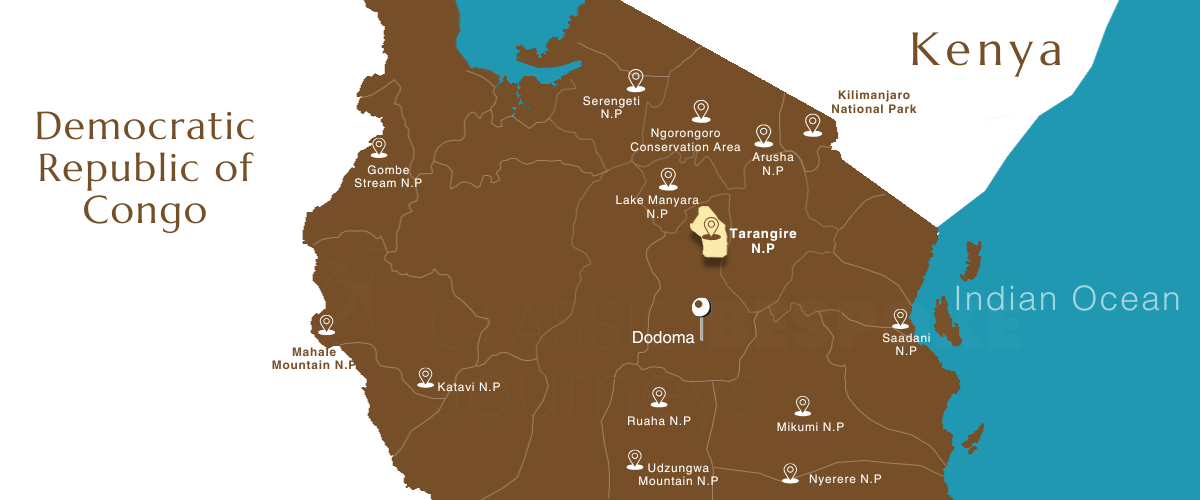
Best Time To Visit
Tarangire National Park, a haven for elephants under ancient baobabs, offers a spectacle of wildlife and stunning vistas, truly a paradise for nature lovers.
The Best Time to Visit Tarangire National Park is from July to November, during the dry season when wildlife viewing is at its peak. This period sees large numbers of animals, including herds of elephants, congregating in the park as the surrounding areas dry out.
The vegetation thins, making animals easier to spot, and the weather is mostly sunny, enhancing your safari experience. Conversely, the wet season from November to May brings lush scenery and excellent birdwatching opportunities, though many animals migrate out, making wildlife sightings less frequent.
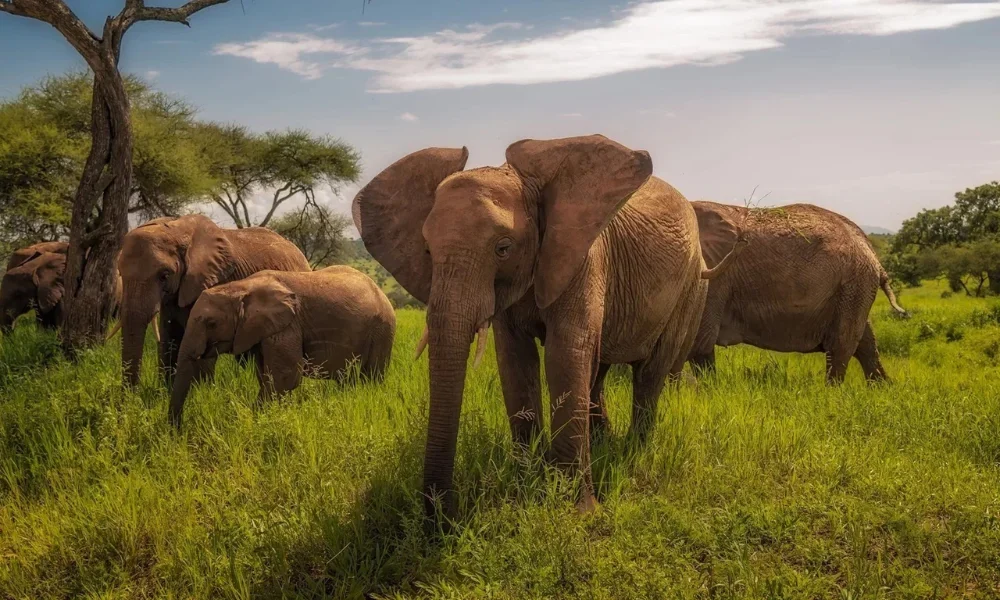
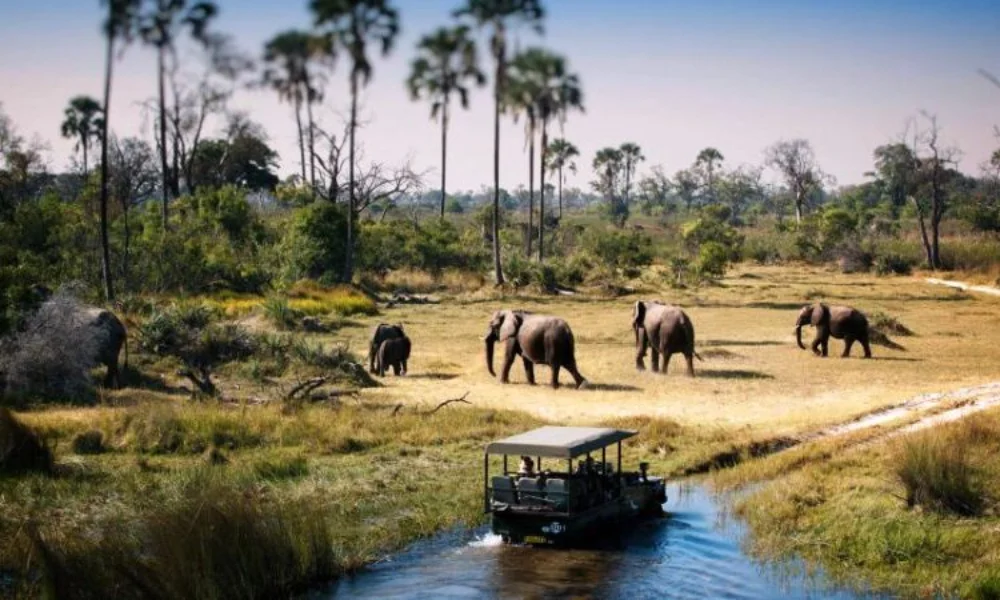
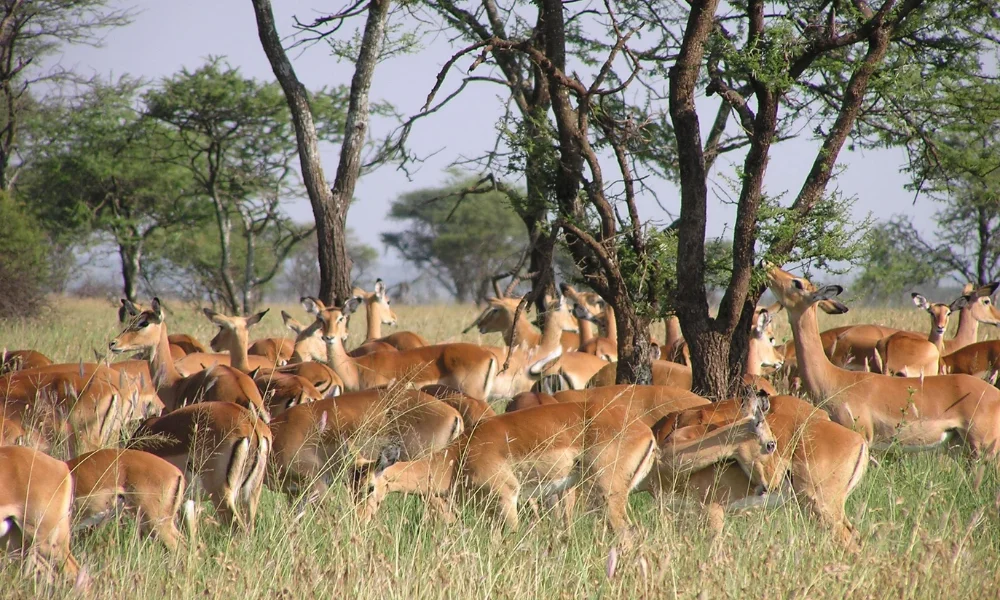
Wildlife
Tarangire National Park comes alive from July to November when animals flock to the Tarangire River, seeking water during the dry season. This park is a haven for large elephant herds, more numerous than anywhere else in Tanzania. Alongside these gentle giants, you can spot wildebeest, zebras, buffaloes, and various types of gazelles. Lions are frequently seen, taking advantage of the gathering prey.
The park is also special because it houses rare animals like the fringe-eared oryx and the long-necked gerenuk, which are not commonly found in other parts of Tanzania. In the swampy south, watch elephants and buffaloes cool off in the mud, and keep your eyes peeled for the Silale Swamp lions and occasionally, elusive wild dogs, adding a thrill to your safari adventure.
Tarangire National Park FAQs
Tarangire is renowned for its large elephant herds and ancient baobab trees, some surviving up to 2,500 years. It becomes a wildlife hub during the dry season.
The park is named after the Tarangire River, which is the primary permanent water source within the park.
Malaria is present in Tarangire. Visitors should use DEET-based repellents and utilize mosquito nets provided by accommodations for protection.
Tarangire is the sixth largest national park in Tanzania, covering an area of 2,600 square kilometres.
During the dry season, you can see over 250,000 animals, including wildebeests, zebras, hyenas, elephants, and giraffes, especially during the mini-wildlife migration.
Why Visit Tarangire National Park?
Elephants
Home to the largest elephant herds, witness these gentle giants up close.
Baobabs
Marvel at ancient baobab trees, the iconic "Trees of Life."
Biodiversity
Second only to Serengeti in wildlife diversity; a compact wildlife haven.
Birdwatching
A paradise with over 550 bird species, ideal for bird enthusiasts.
Landscapes
Experience a dynamic landscape from savannahs to swamps and giant baobabs.
Balloons
Soar in a hot air balloon for a breathtaking aerial safari view.
Our Most Popular Tours
What Customers Say About Us





